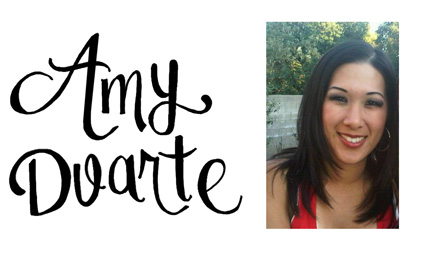

I get a lot of emails from students and those interested in breaking into the visual effects business. Here are some answers to the questions I have gotten.
1. Where did you go to school?
I went to Cal State Northridge, with a major in Art/Animation.
2. How did you get started in your career?
I have always had the habit of drawing little pictures/stories in letters when I write to people. Especially back in the days when email was not as common. My friend who received my letter/drawings left it open on her coffee table. Her friend, a commercial director, saw my drawings and asked “Who did this?” An introduction was made between the two of us and before you know it, I was hired to be a storyboard artist on a number of commercials including McDonalds, Hanes, Lugz, Snapple, and Beano. It was such a big deal for me, considering I was just a sophomore in college. I couldn't believe I was getting paid to do what I loved! The following summer, as a junior in college, I applied for an internship at Disney Studios and was accepted. By the time I graduated from college, Disney offered me a full-time position at their animation studio. I look back and am amazed at the chain of events. It all started with my passion for drawing.
3. Do you think Art School is mandatory for a job in the visual effects/animation field?
Not necessarily. All you need is an amazing portfolio and strong people skills. Of course, there are many advantages of attending a 4-year art program but they can get exorbitantly expensive and not everyone can afford them. I attended a State University and due to the location of the campus and the close proximity to the film industry in Los Angeles, I took full advantage of seeking out relevant opportunities and building connections.
I am a firm believer that when there is a will, there is a way. I know one guy who attended school on the East coast. He would fly out to LA every summer to do internships (many of them not glamorous positions) and help out on various shoots. He would purposely stand close to the film directors so he could “eavesdrop” the conversations and know exactly what the director needed. That kind of thinking takes a lot of initiative and it paid off in the long run. At the end of the shoot, the producers loved him so much they offered him a full time job at a major studio.
4. I don’t have any computer skills. I don’t even like computers! But I love to paint traditionally and still want to work on films. Where can I go with this?
Hoo boy. That’s a tough one. Most of film art work is done digitally these days. I do know a handful of traditional painters who are able to take up Photoshop and modify their own experience to become digital matte painters and concept artists. Unless you find a job at a traditional animation company that still uses traditional painting for their backgrounds, but it’s such a tiny niche. Frankly, I don’t know anyone who are able to build a career in visual effects without having computer skills, sorry.
5. What do you use to sketch with?
Various materials. I love to use Col Erase pencils in sepia and brown. I find that using sepia/brown gives the line drawings a softer look compared to the harsher black lines. This is just a personal preference though.
6. What do you paint with?
I use Photoshop on the Cintiq 22HD. And I use watercolor, gouache, and acrylic traditionally.
7. How do you come up with your stories?
A majority of the stories I draw are memories of my youth, and my general observations of the world. I would pick a poignant moment in that story and come up with sketches with various angles. Then I'd pick the one that has the closest emotional storytelling aspect.
|